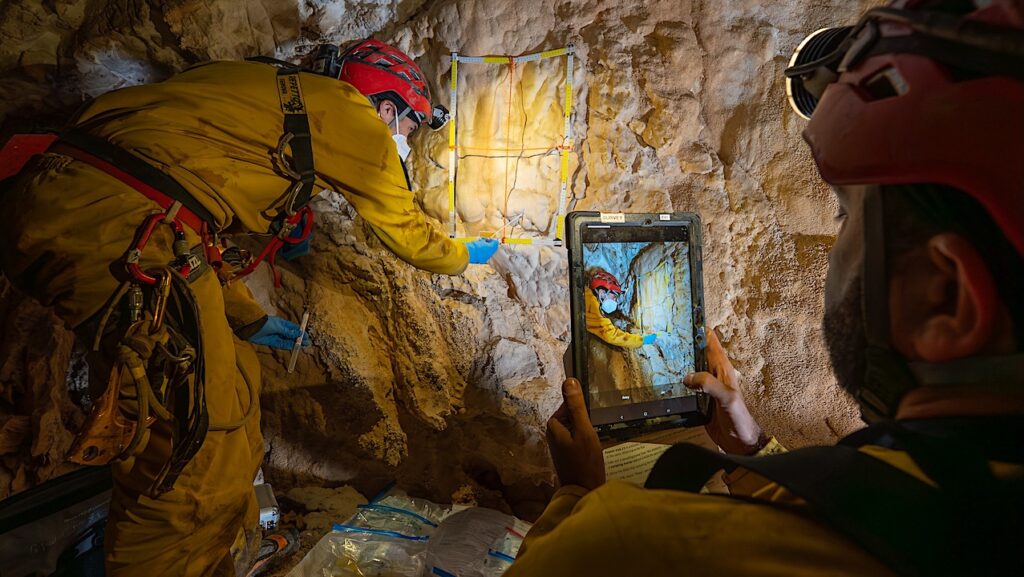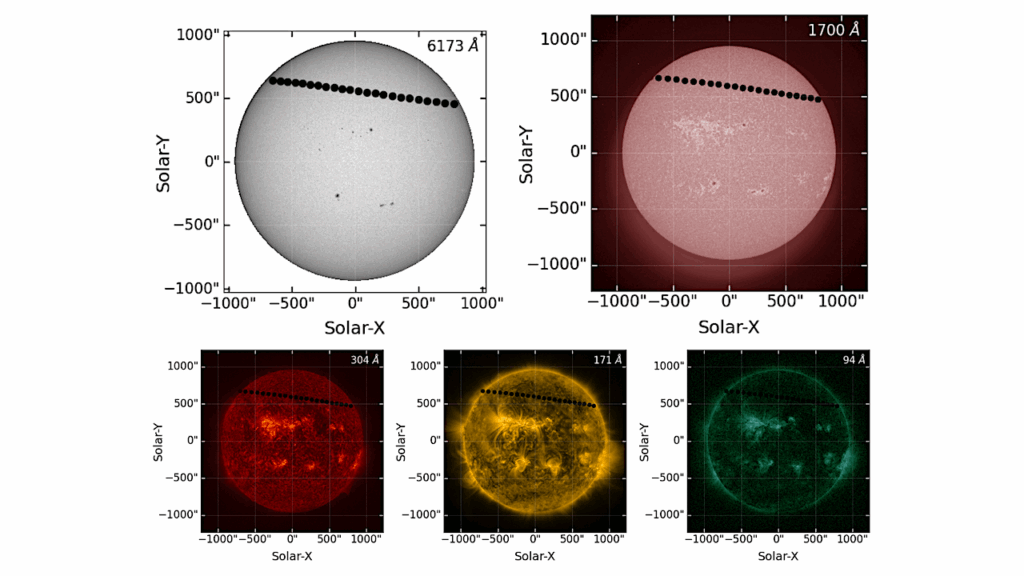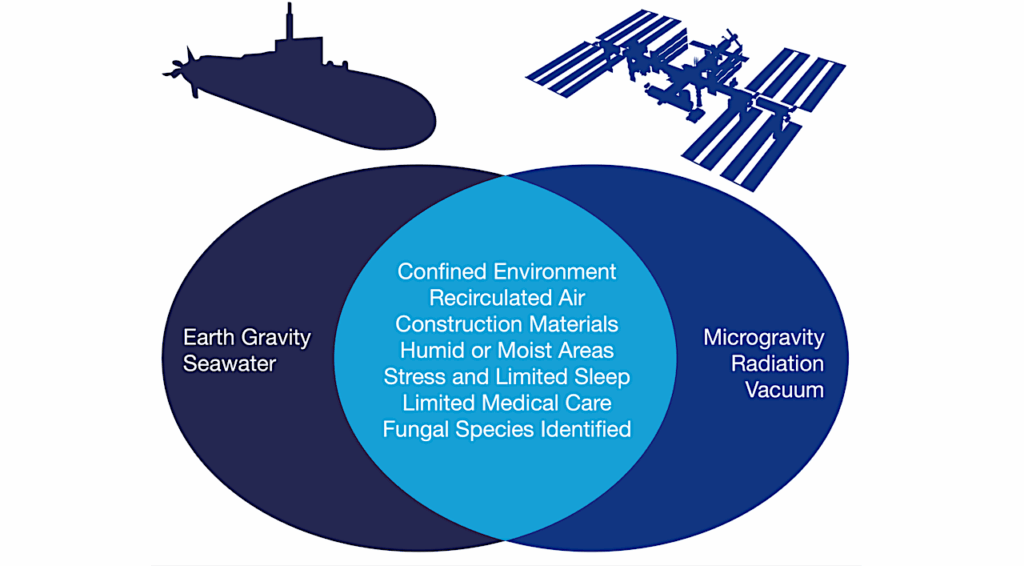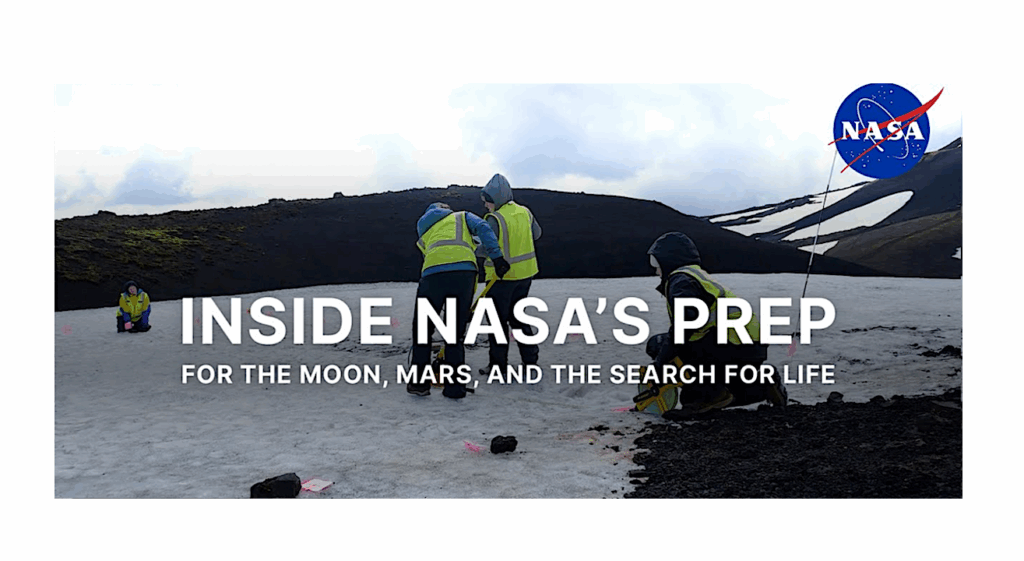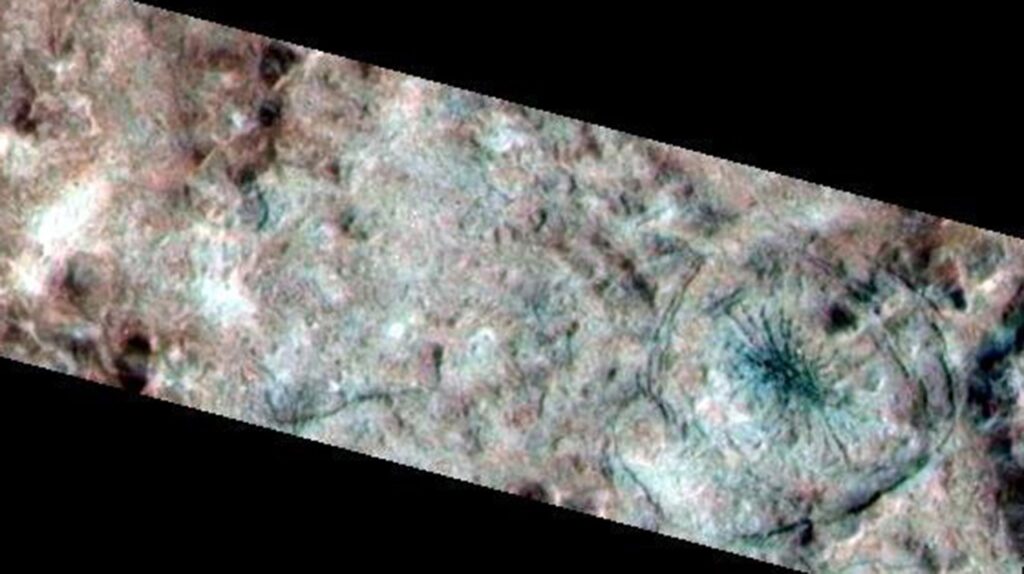Río Tinto’s Eukaryotes In Extreme Acidic Environments

A major issue in microbial ecology is to identify the limits of life for growth and survival, and to understand the molecular mechanisms that define these limits.
Thus, interest in the biodiversity and ecology of extreme environments has grown in recent years for several reasons. Some are basic and revolve around the idea that extreme environments are believed to reflect early Earth conditions. Others are related to the biotechnological potential of extremophiles. In this regard, the study of extremely acidic environments has become increasingly important since environmental acidity is often caused by microbial activity.
Highly acidic environments are relatively scarce worldwide and are generally associated with volcanic activity or mining operations. For most acidic environments, low pH facilitates metal solubility, and therefore acidic waters tend to have high concentrations of heavy metals. However, highly acidic environments are usually inhabited by acidophilic and acidotolerant eukaryotic microorganisms such as algae, amoebas, ciliates, heliozoan and rotifers, not to mention filamentous fungi and yeasts.
Here, we review the general trends concerning the diversity and ecophysiology of eukaryotic acidophilic microorganims, as well as summarize our latest results on this topic in one of the largest extreme acidic rivers, Río Tinto (SW, Spain).

Light microscopy photographs of different eukaryotic species isolated from Río Tinto. (a) Filamentous green algae Klebsormidium sp.; (b) Diatoms; (c) Green algae Chlamydomonas spp.; (d) Heliozoa Actinophrys sp.
Conclusions
Extremophiles are not only important resources for developing novel biotechnological processes, but also ideal models for research in the ecological and molecular fields. An understanding of the versatility of life on Earth, as well as the mechanisms that allow some organisms to survive or develop in extreme conditions, will help to gain more insights into the evolution of life, the development of special ecosystems and in the search for life beyond Earth.
Although most habitats have not been sufficiently well explored, colonization of extreme habitats is not usually limited to a unique taxonomic domain, and eukaryotic species are exceptionally adaptable comparable in this aspect to the prokaryotes, at least in this acidic environment. Among different extreme environments, acidic habitats are rather peculiar because in most cases they are the product of metabolism of active chemolithotrophic microorganisms.
The microbial diversity characterization of Río Tinto allowed for detection of a high level of eukaryotic diversity, which contrasts with the rather low level of prokaryotic diversity found in the system. The highest concentration of biomass of the ecosystem corresponds to photosynthetic algae, although other protists, yeast and filamentous fungi have been isolated along the river. Most the photosynthetic eukaryotes in the Tinto ecosystem are forming biofilms.
In this case, the distribution of these photosynthetic communities seems to be more influenced by the presence of heavy metals, than low pH. The high level of eukaryotic diversity found in the Tinto basin demonstrates that complex eukaryotic systems can thrive and dominate extremely acidic, heavy metal-laden environments. Since some of these acidophiles are closely related to cultured neutrophiles, we can conclude that eukaryotes must have the ability to adapt from neutral to acidic environments over relatively short periods of time. Thus, eukaryotic extremophiles are more widely distributed and phylogenetically diverse than previously thought.
Eukaryotic Organisms in Extreme Acidic Environments, the Río Tinto Case, Life (open access)
Astrobiology



